Wild turkeys are native to North America. The kind we have around here are a subspecies called Eastern wild turkey. Today they live all around the eastern US, from Florida to Canada and west to the Dakotas.
When I saw them cruising around for food, they looked like a line of dinosaurs! I have seen as many as 12 in one flock or rafter.
They look for snails, bugs, seeds, roots, berries and nuts to eat. They are known as smart and watchful birds. When they were eating, one or two of the more mature birds would always keep watch. If I got close enough to make them nervous, they'd flap their wings and move quickly in the opposite direction.
And they can move quickly, or even fly straight up to get into a tree!


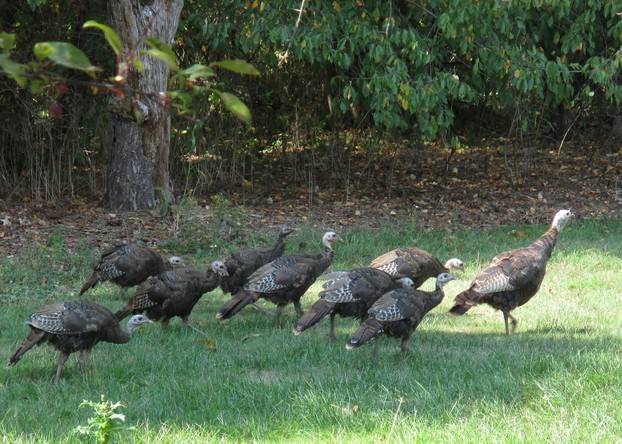
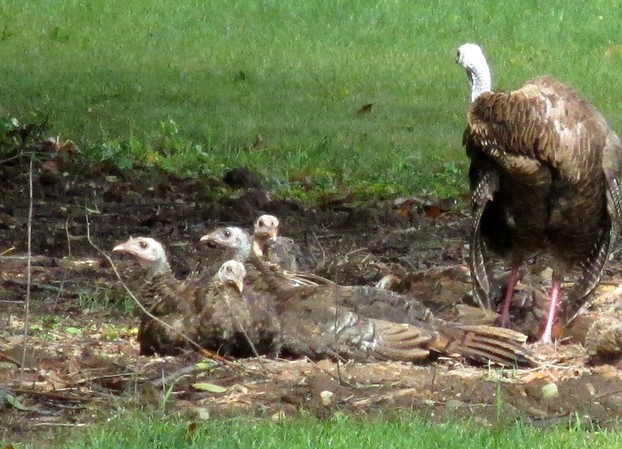


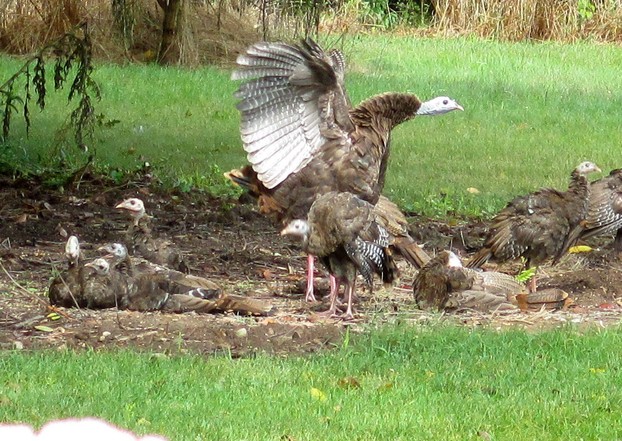
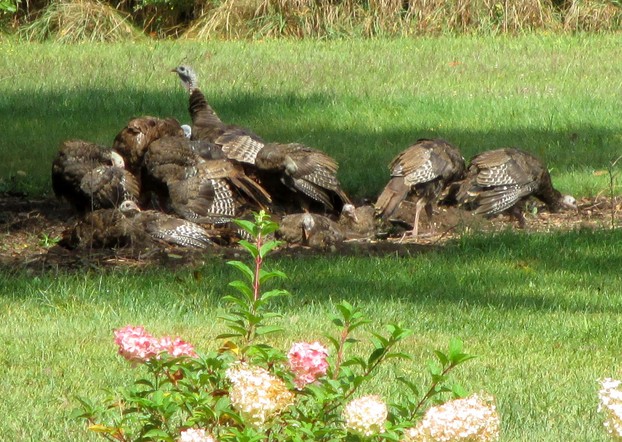
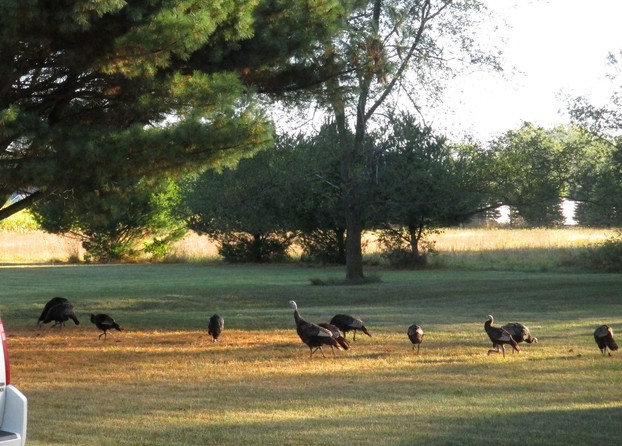
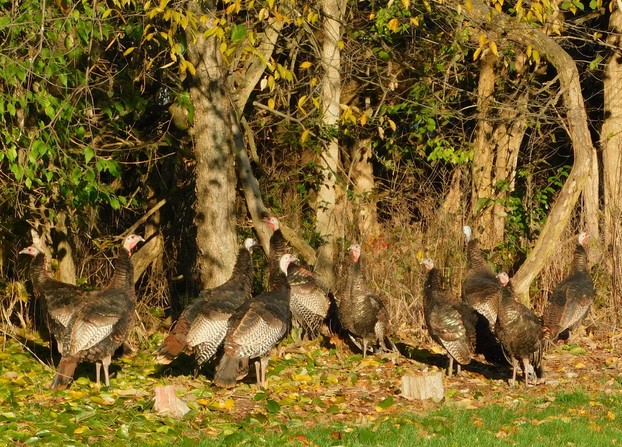

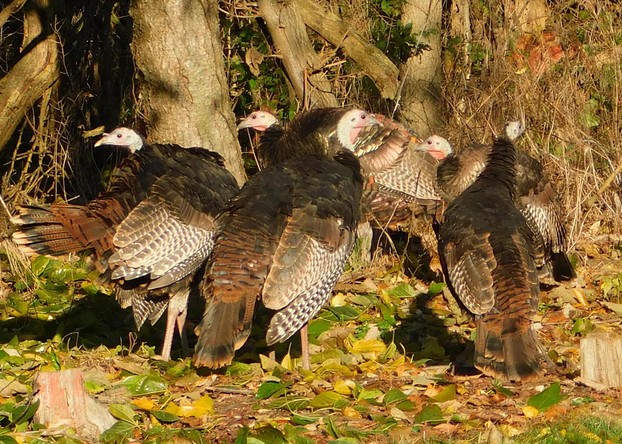
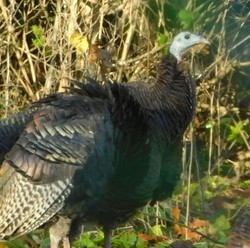

 Basic Fall Garden Cleanup Taskson 10/02/2017
Basic Fall Garden Cleanup Taskson 10/02/2017
 Lavender For Your Gardenon 08/18/2017
Lavender For Your Gardenon 08/18/2017
 Pumpkin Patch Inspired Home Decoron 10/06/2013
Pumpkin Patch Inspired Home Decoron 10/06/2013
 Homemade Pear Custard Tarton 09/02/2013
Homemade Pear Custard Tarton 09/02/2013

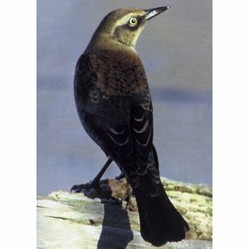
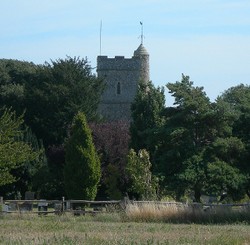
Comments
DerdriuMarriner - I think the light startles them, and perhaps they're unsure what it is. Better safe than sorry in turkey world. Run first, ask questions later! Thanks for stopping by...
kimbesa, Thank you for the photography tips and product line. Your statement that "Birds can see that green light the camera uses to calculate distance and focus" intrigues me. Is it that they are drawn to, merely observant of or repulsed by the light's color, shape and use?
I would be surprised to see only one at a time, but who knows about the population in any area, or whether the males really branch out. In the city, that might be one wayward turkey!
Every now and then we will have a wild turkey in our fence in city yard.
That's good to hear! We saw them daily, sometimes more than once, regularly for weeks, then poof!
They have not been back since their one-time recent visit, but I'm feeling relieved that they are still in the neighborhood and have apparently found safe places to roam.
Thanks for stopping by!
We have wild turkeys wandering in our neighbourhood quite often. They do tend to come and go.
Sorry to hear about the pelicans... Around here, there have been large flocks of Canadian geese that left so many calling cards on the grass at certain parks that they had to get some dogs to chase them off.
Any flocks of wild birds are something to see, and I highly recommend it to anyone who has even a passing interest in wildlife!
Thanks for stopping by!
I have seen some in Cades Cove in the Smoky Mountain National Park. There they are fully protected, and have little fear of people.
I have never seen one fly, but the image of one flying is on the Louisiana quarter in the America the Beautiful series, which people in this state are well aware of.
I similar thing happened here, but to white pelicans. every year they returned to the same pond, had offspring, then when the young were able to move the flock would leave. One year there were probably over a hundred young, and a few adults would stand guard while the others left. Then they failed to return. I suspect aligators found the young birds tempting, and once they feasted the adults laid eggs elsewhere.
@dustytoes - Thanks! I'm envious that you had so many turkeys to see, especially the males. I hope we get them back around our place.
@Veronica Thank you! I'm glad you liked this article, and I hope the photography tips help you get those heron photos!